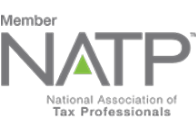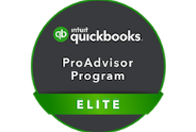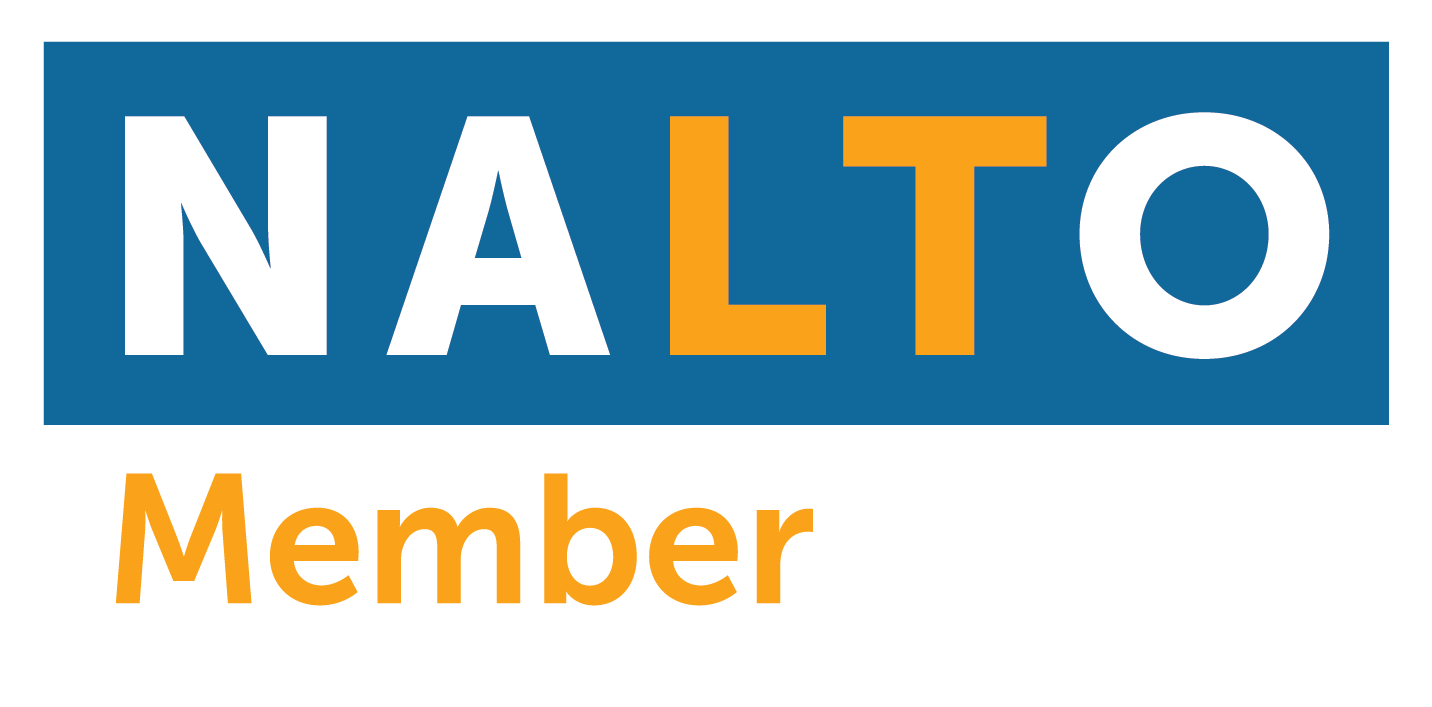One of the ways the government supports small business owners is by granting them the freedom to choose how their income will be taxed. Small business corporations or limited liability companies (LLC) can do this by filing the Internal Revenue Service (IRS) Form 2553 to be treated and taxed as an S Corporation (S Corp).
As an S Corp, corporations can avoid double taxation since its business income will not be subject to corporate income tax and will be passed through the shareholders’ personal income tax returns.
If you’re an LLC owner, you may still want to elect to be an S Corp, even though LLCs are already a pass-through entity, to save on self-employment taxes. With an S Corp status, LLC owners can receive salary as an employee and collect distributions as owners. Their wages will still be subject to Medicare and Social Security, but the rest of the business income will be free from self-employment taxes.
Who is Eligible to File?
C corporations or LLCs may elect to be taxed as an S Corp, but they must meet all the following eligibility requirements:
- Must be a domestic corporation or entity.
- Have no more than 100 shareholders.
- The shareholders are individuals, estates, exempt organizations, or certain trusts.
- Shareholders must not be nonresident aliens.
- Must have only one class of stock.
- Must not be an ineligible corporation such as banks or thrift institutions, insurance companies, and domestic international sales corporations.
- Must be willing to adopt or change to a tax year ending in December 31, a natural business year, or another eligible tax year.
- All shareholders must consent to the election.
When To Make the Election
The IRS form 2553 must be timely filed to ensure that your application will be considered in the tax year you want your business to be treated as an S Corp.
For newly formed businesses, you must submit form 2553 no more than 2 months and 15 days from the date the business began its operation. So, if an LLC was formed on June 1 and wishes to be treated as an S Corp beginning its first tax year, IRS form 2553 must be filed no later than August 15.
For existing businesses, you may submit this form any day in the year preceding the tax year you want to be taxed as an S Corp until March 15 of the following year.
There is a relief for late filing of election to be an S Corp, but the business must meet certain requirements and must be able to show that their failure to file on time was due to a reasonable cause.
Understanding Form 2553
Part I. Election Information
The first part is where you input general information about your business, identify the legal representative, indicate the election effectivity date, and select from the eligible tax year options.
You will have to input specific information about the shareholders or owners and require their signatures to indicate their consent to the election.
If you are taking your shot at the late filing relief, your reasonable cause for late filing must be explained in this part.
Part II. Selection of Fiscal Tax Year
If you chose calendar year as your tax year in Item F of Part I, then you may skip this part. But if you have chosen otherwise, you may want to consult a professional for help in filling this out this as some of the detail can get overwhelming to understand.
Part III. Qualified Subchapter S Trust (QSST)
A QSST is a type of trust eligible to own shares of an S corporation. Most small businesses do not have a QSST, but if you do, be sure to seek guidance from a tax professional.
Part IV. Late Corporate Classification Election Representations
If you are filing on time, skip this part. But if you aim to be granted the late filing relief, make sure that you meet all the required representations listed in Part IV.
Filing Your Filled-Out Form 2553
Your application can be submitted to an Internal Revenue Service (IRS) center either via mail or fax. The address or fax number depends on the state where your business is located. For the latest information, visit the IRS website.
Election Verdict
In general, the IRS center will notify you of the result of your application, whether accepted or denied, within 60 days after filing Form 2553.
Want to learn more?
You may want to consult and work with 1099 Accountant – We offer online bookkeeping, online advisory services and online tax and accounting services. We offer reasonable rates. We only work with independent contractors, freelancers, and one-person business. We work with locum tenens from California to New York City and everywhere in between. Yes, even Hawaii!
Contact us toll-free (855) 529-1099 or make an appointment for a free consultation. Contact Us











